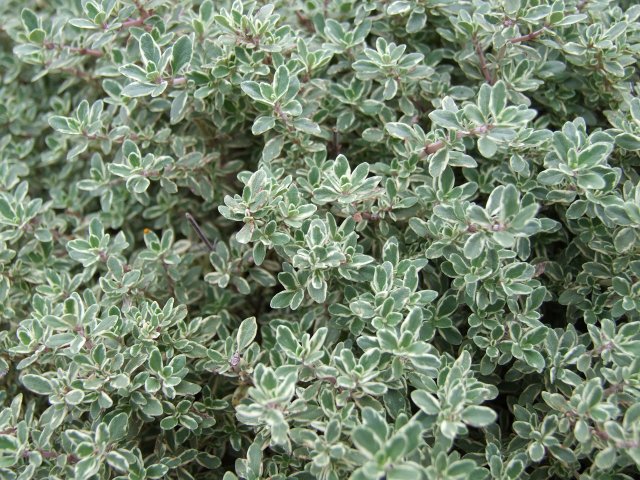
Lemon thyme gives your food a tangy, lemony flavor and enhances both savory and sweet dishes. You can easily grow the spice yourself.
Origin and use of lemon thyme
Lemon thyme is a hybrid plant: it is the result of a cross between thyme and field thyme. However, lemon thyme is not a modern cultivation, because it was cultivated in monastery gardens several centuries ago. The plant is native mainly to Central and Southern Europe.
The traditional medicinal herb lemon thyme is mainly used to flavor dishes and prepare tea. But it also helps with various ailments: You can use lemon thyme just like true thyme as a natural antibiotic. Thyme is also used as a home remedy for sore throats and colds.
Since lemon thyme contains particularly high levels of citral and geraniol, it smells and tastes like lemon. Geraniol is a component of essential oils and is often used as a fragrance in perfumes. However, some people are allergic to the fragrance, which is why geraniol is considered a weak contact allergen, according to the European Allergy and Asthma Association.
Contents
Cultivation of lemon thyme: location and soil

The small-growing shrub grows ten to 15 centimeters high and creeps along the ground. Lemon thyme is an evergreen plant and blooms from June to September. The flowers are white to pale pink in color.
You can plant lemon thyme from April. Make sure to leave a distance of 20 centimeters to the neighboring plants.
This will help you find a good location for your lemon thyme:
- Lemon thyme is relatively easy to grow. Since it is a Mediterranean plant, it prefers a dry, warm location. This makes it particularly aromatic.
- First, thoroughly clear the bed of weeds.
- Therefore, plant the lemon thyme on beds with southern exposure or on sunny, south-facing balconies.
Lemon thyme is sensitive to waterlogging. You should therefore make sure that the soil is permeable and humus. Humus soil consists mainly of sand and clay. A loamy substrate mixed with sand and a drainage of pebbles is particularly suitable: this allows excess water to drain off well.
Proper care for lemon thyme
How to water lemon thyme:
As mentioned earlier, lemon thyme does not like waterlogging. You should therefore water it very moderately. Short dry periods do not harm the plant.
It is best to use calcareous water for watering. So that the dry soil can better absorb the water, you should water slowly.
In the summer months, it is advisable to water in the early morning or in the evening, so that the water does not evaporate too quickly and can be absorbed by the roots.
Does lemon thyme need to be fertilized?
Once a year, preferably in spring, you should fertilize the bed. Mulch or compost is suitable for this purpose.
Work the fertilizer into the soil. The lemon thyme can draw important nutrients from it.
Cut lemon thyme for better growth:
- Immediately after flowering, you should cut the plant back to about 15 inches. This will allow the lemon thyme to grow better.
- You can always remove diseased or dead shoots.
- Only use well-sharpened scissors for pruning. This way, the cuttings will heal faster and provide less of a target for pests.
Grow lemon thyme in a pot
Lemon thyme you can plant not only in a bed, but also in a pot. With these tips you will succeed:
- Choose a pot with a particularly wide opening.
- As in the bed, you should avoid waterlogging. To allow excess water to drain from the pot, choose a pot with drainage holes. You can also place a drainage of pebbles under the soil in the pot.
- If you are growing lemon thyme in a pot, you should fertilize it with liquid fertilizer about every six weeks. When choosing fertilizer, look for organic alternatives. You can also make your own fertilizer. This way you save costs and know exactly what the fertilizer consists of.
- Also choose a sunny and warm location for the pot, for example on the balcony.
- When the roots completely fill the planter, you should repot the lemon thyme in a larger container.

